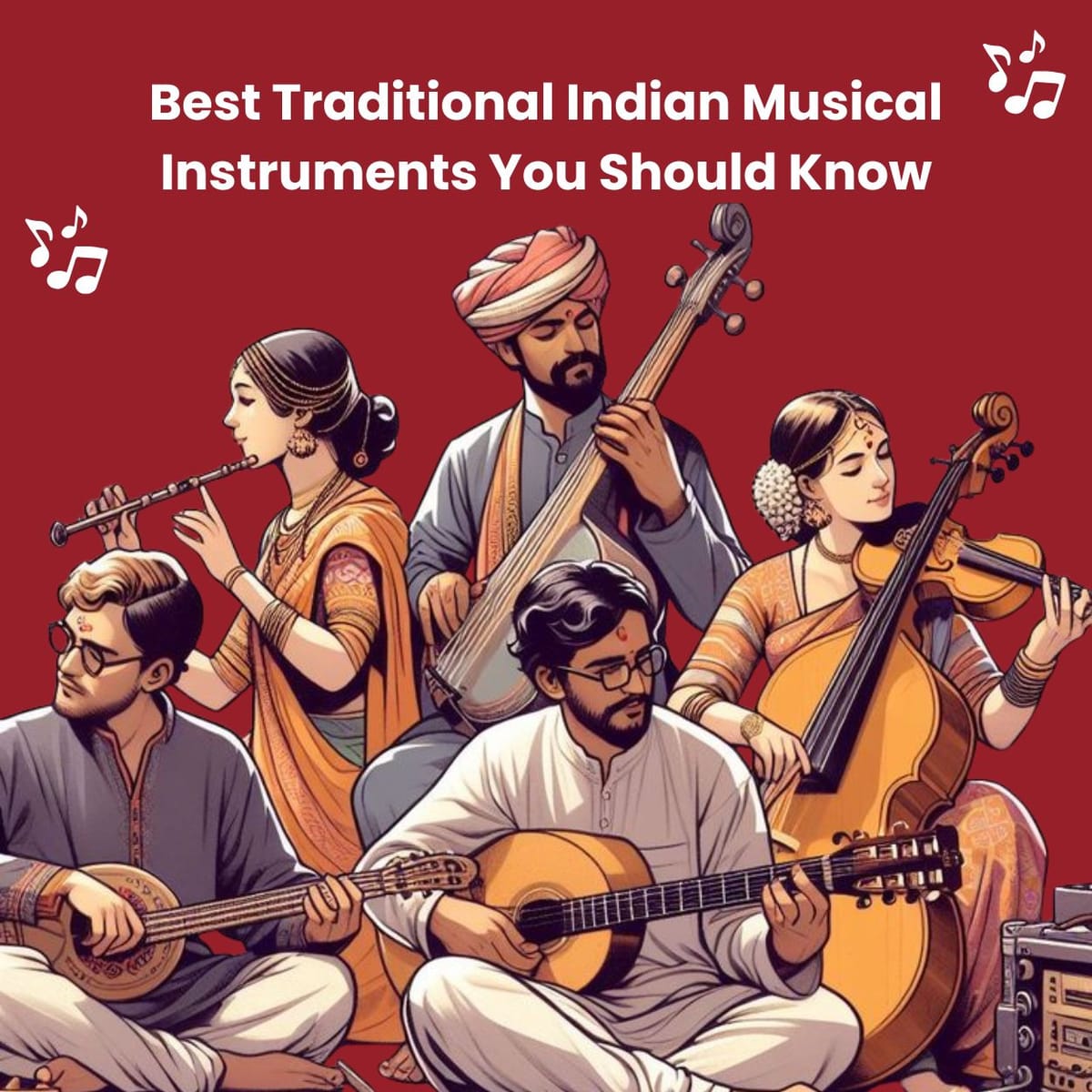
Table of Contents
Music has always been an integral part of India. When you hear sitar or the tabla in your favorite Bollywood song, you're experiencing thousands of years of musical evolution. Indian musical instruments are not just tools for creating melodies; they're storytellers, carrying the prayers, celebrations, and emotions of countless generations.
These instruments are not merely wooden or metallic structures; they are carriers of culture. Some, like the veena and flute, are mentioned in the Vedas. Others, like the sitar and sarod, evolved during the Mughal era. Folk traditions brought us gems like the santoor and dhol. Together, they make India’s soundscape one of the richest in the world.
From ancient temple rituals to modern concert halls, these instruments have shaped how India expresses its deepest feelings. Whether you're curious about learning your first instrument or simply want to understand what makes Indian music so captivating, this guide will take you through the most iconic Indian musical instruments that continue to enchant the world.
The Tabla:
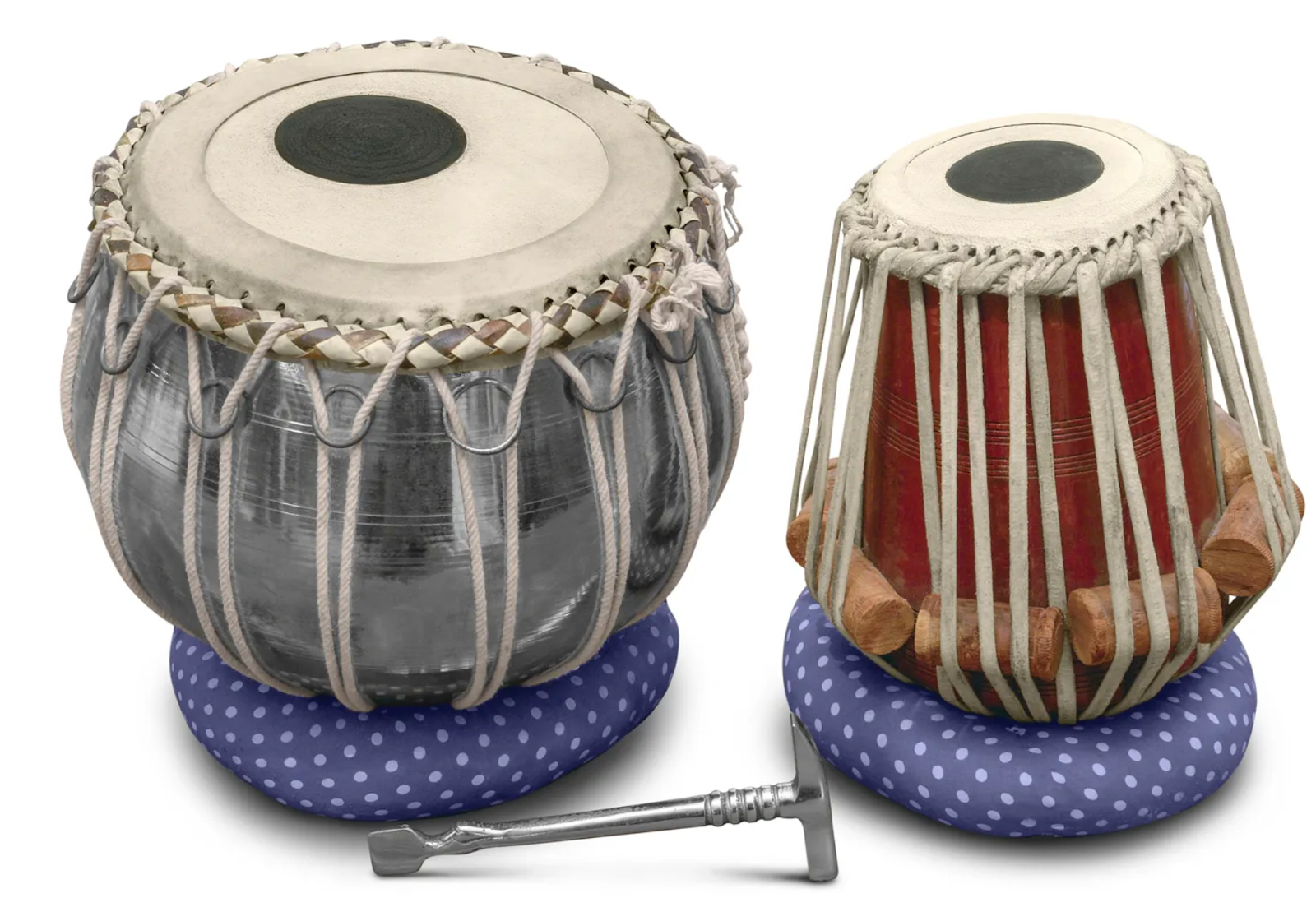
The tabla is arguably India's most recognized percussion instrument. Made of two drums (the smaller dayan and the larger bayan), it produces a wide range of tones. What makes tabla truly special is that every stroke has its own syllable, forming a complete rhythmic language called "bols."
The tabla was born in the 18th century, evolved from the ancient pakhawaj drum. Master Zakir Hussain has taken tabla to international stages, even collaborating with Western jazz musicians.
Listen to "Kun Faya Kun" from Rockstar, it is one of the best usage of Tabla in bollywood songs.
If you're drawn to rhythm and want to start your musical journey, online tabla lessons at Spardha can teach you the fundamental language of Indian music.
The Sitar:
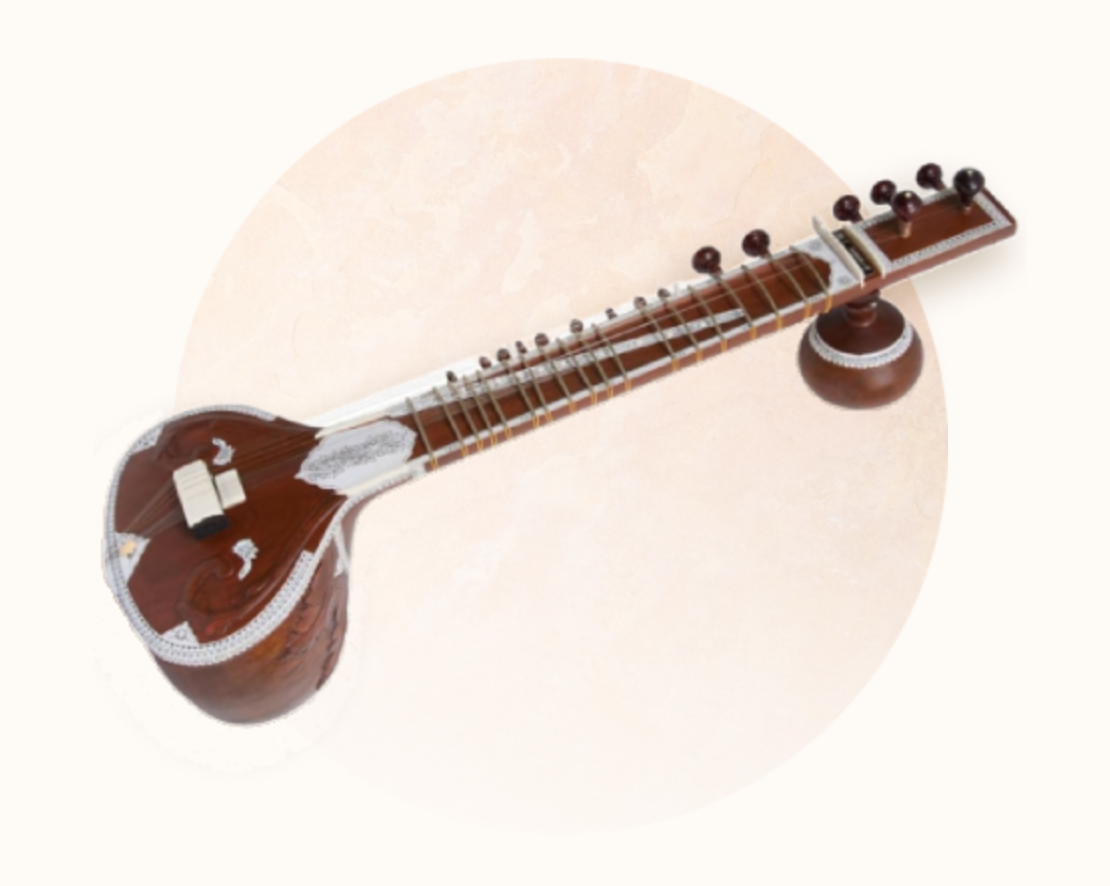
When people think of Indian music instruments globally, the sitar often comes first to mind. This long-necked beauty with its sympathetic strings creates that instantly recognizable Indian sound. The sitar emerged during the Mughal period when Persian lute-making techniques met Indian musical sensibilities.
Pandit Ravi Shankar didn't just play the sitar, he introduced it to the world. Even The Beatles' George Harrison learned from him, bringing Indian classical music instruments to Western rock music.
The sitar's sliding notes (meend) can express emotions that words cannot. Those sympathetic strings create a resonance that makes sitar music feel almost mystical.
The Veena:
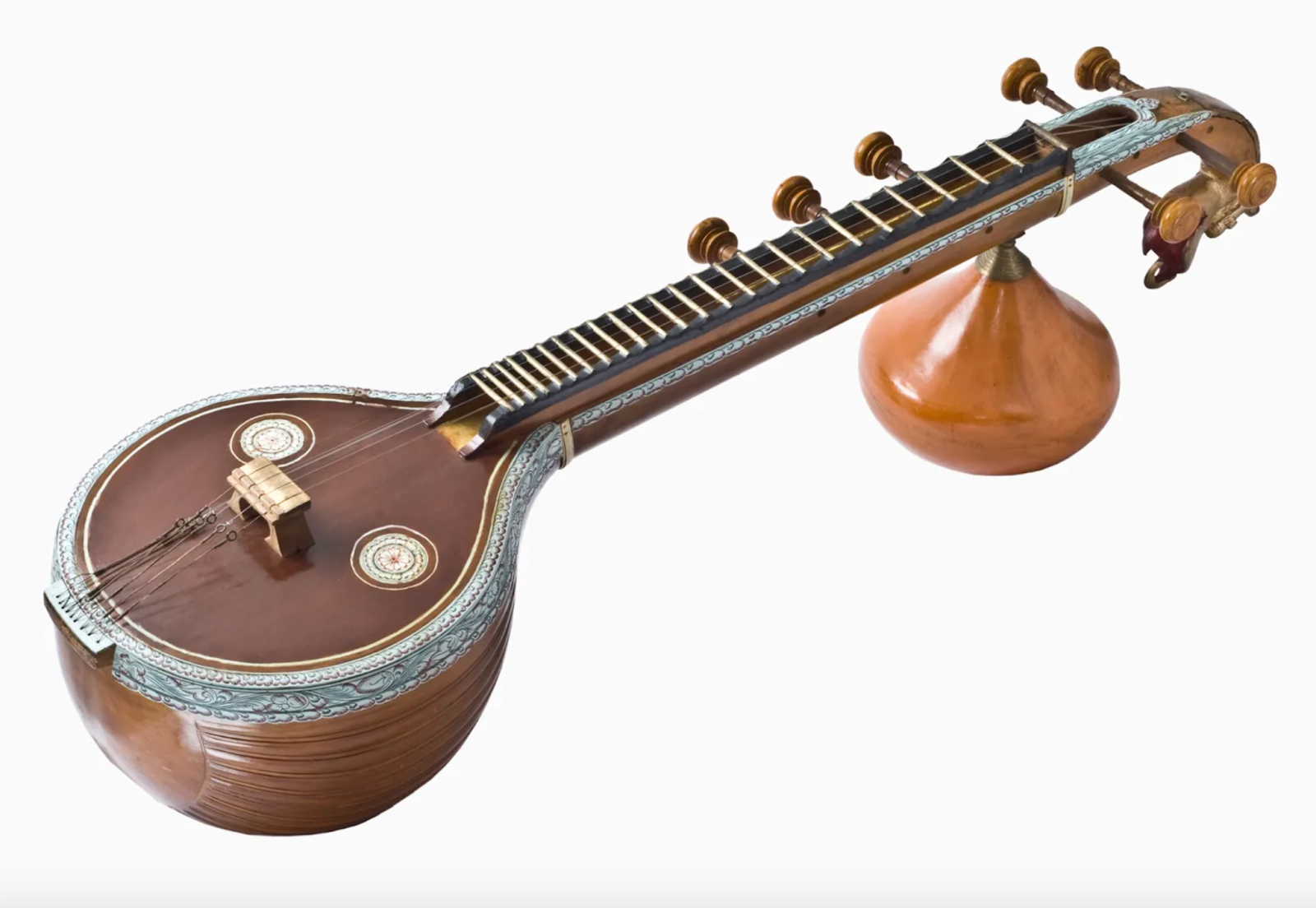
Depicted in the hands of Goddess Saraswati, the veena represents the divine aspect of music. This is one of the oldest Indian musical instruments, with mentions in texts dating back to 1500 BCE. The veena exists in different forms,the Rudra veena in North India and the Saraswati veena in South India.
In Indian tradition, mastering the veena is considered essential for understanding music's spiritual dimension. The instrument demands patience and produces deeply meditative tones.
Veena Doreswamy Iyengar's renditions show how this ancient instrument can create an atmosphere of pure devotion.
The Sarod:
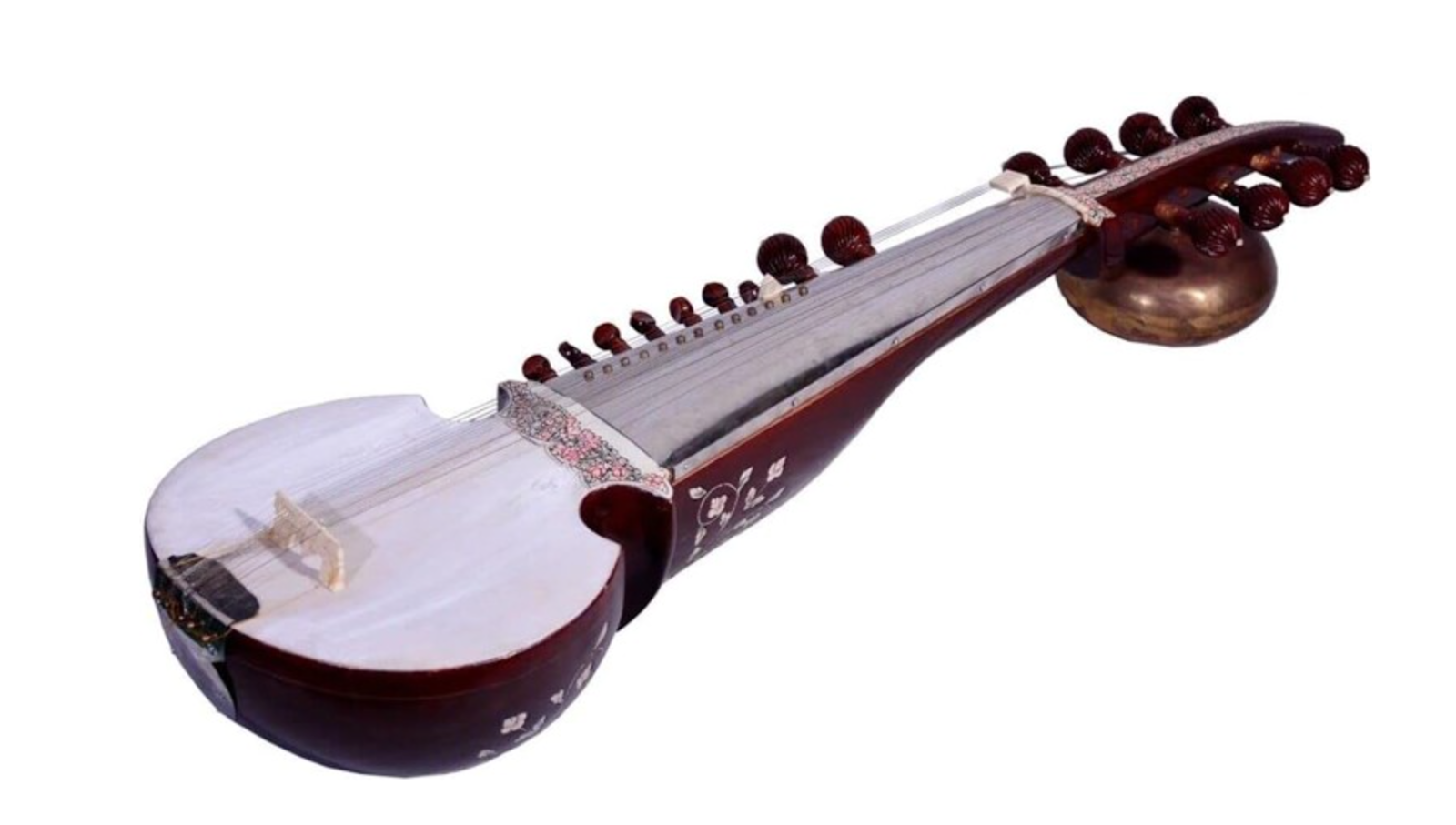
The sarod's fretless metal fingerboard allows musicians to slide between notes seamlessly, creating some of the most emotionally powerful sounds in Indian classical music instruments. Unlike the sitar, the sarod speaks in whispers and contemplations.
Ustad Amjad Ali Khan transformed the sarod from a folk instrument into a concert hall masterpiece. His family has been playing this instrument for generations.
The sarod's introspective quality makes it perfect for fusion music, blending beautifully with Western instruments.
The Bansuri (Flute):
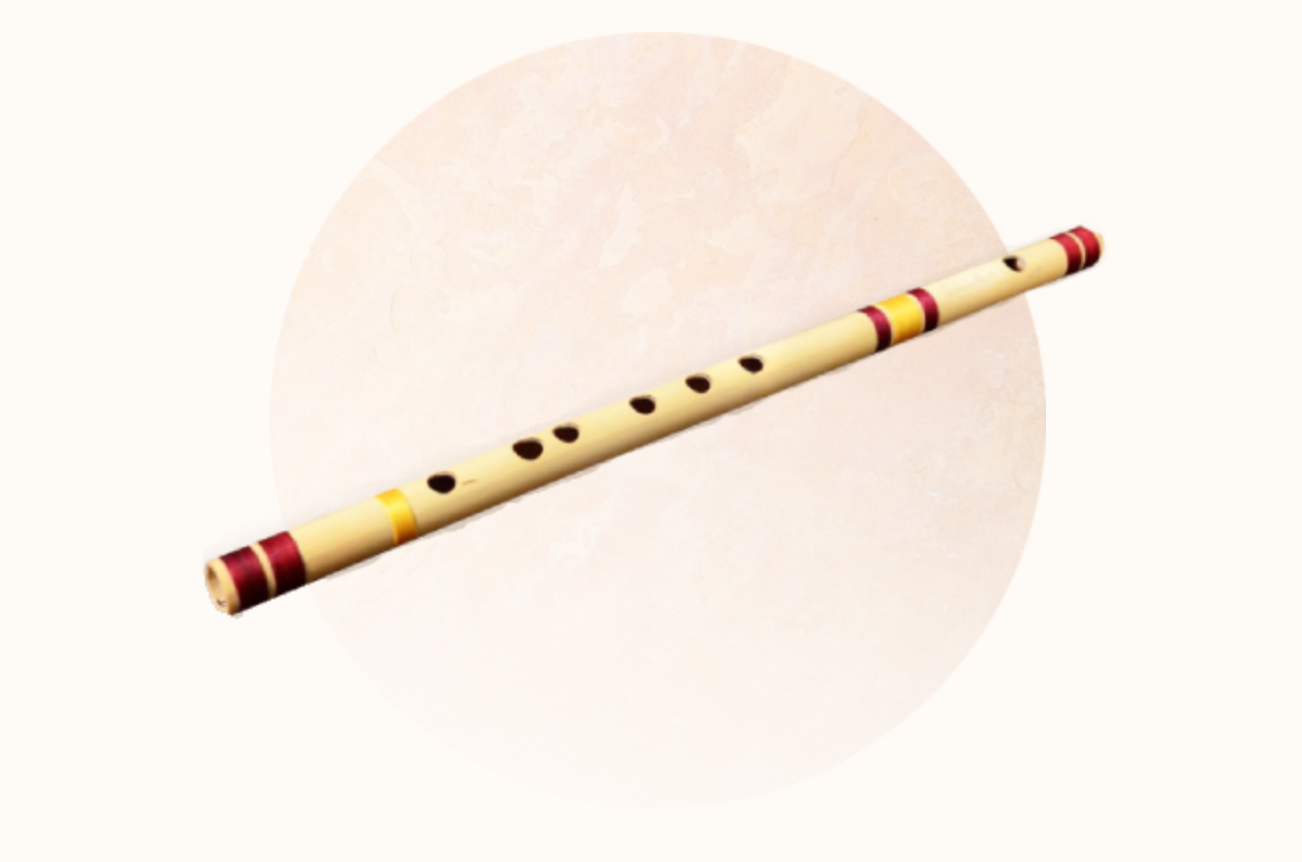
The bansuri (bamboo flute) carries stories of Lord Krishna's enchanting melodies. Despite being just a bamboo tube with holes, it can produce incredibly complex and beautiful music. The breathy, organic quality of flute music feels like it flows directly from the musician's soul.
The flute in "Lambi Judai" from the movie Hero, played by Pandit Hariprasad Chaurasia, remains one of Indian cinema's most beloved instrumental pieces.
It's one of the most accessible Indian Musical instruments for beginners. You can start making beautiful sounds quickly, and it's portable enough to practice anywhere.
At Spardha, you can start learning flute online. Explore the course now!
The Harmonium:
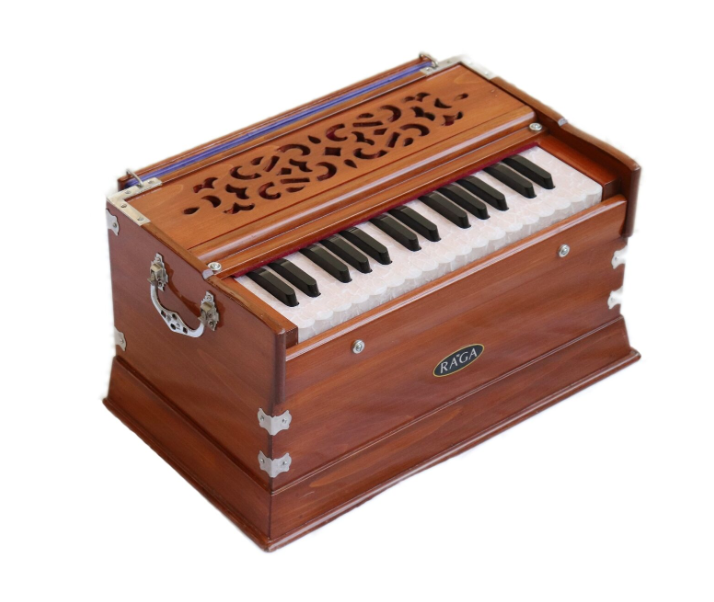
Though the harmonium came from Europe in the 19th century, India has completely adopted it. Today, it's impossible to imagine bhajans, qawwalis, or classical concerts without its steady support. The harmonium provides the sustained notes that Indian melodies need to breathe and flow.
Many music teachers recommend starting with harmonium because it helps develop your ear for Indian scales while being relatively easy to learn. For practice, you can use Harmonium from free tools on Spardha’s website.
The Mridangam:
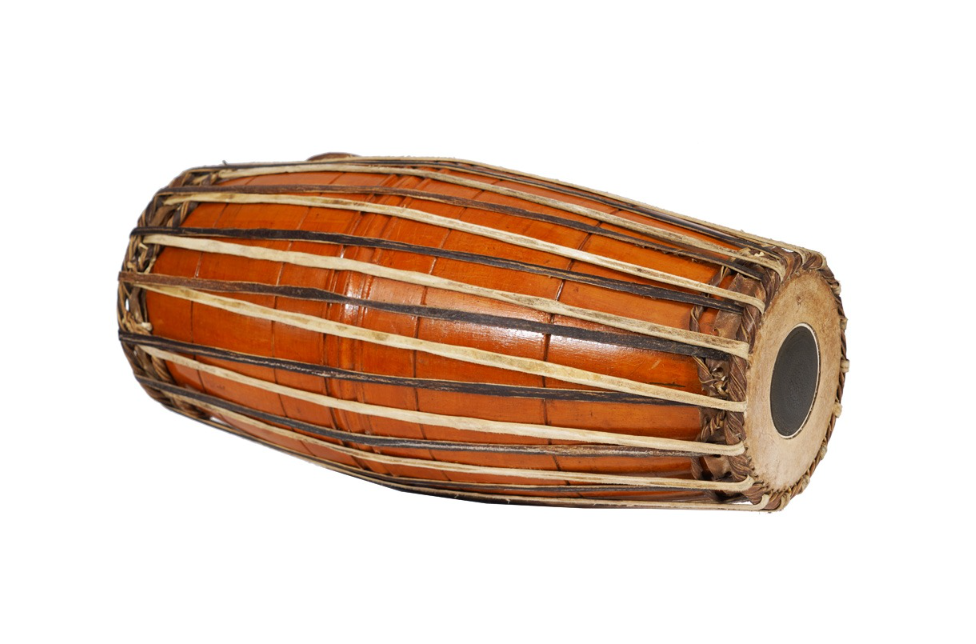
While tabla dominates North Indian music, the mridangam rules Carnatic music and Bharatanatyam dance performances. This double-headed drum creates intricate rhythmic patterns with remarkable clarity. Its ancient origins connect it directly to temple worship traditions.
In South Indian concerts or music events, the mridangam player is considered equal to the main performer, not just an accompanist.
Learning mridangam with tools like a metronome helps students master South Indian rhythms step by step. You can use Metronome as a free tool available on Spardha’s website.
The Sarangi:
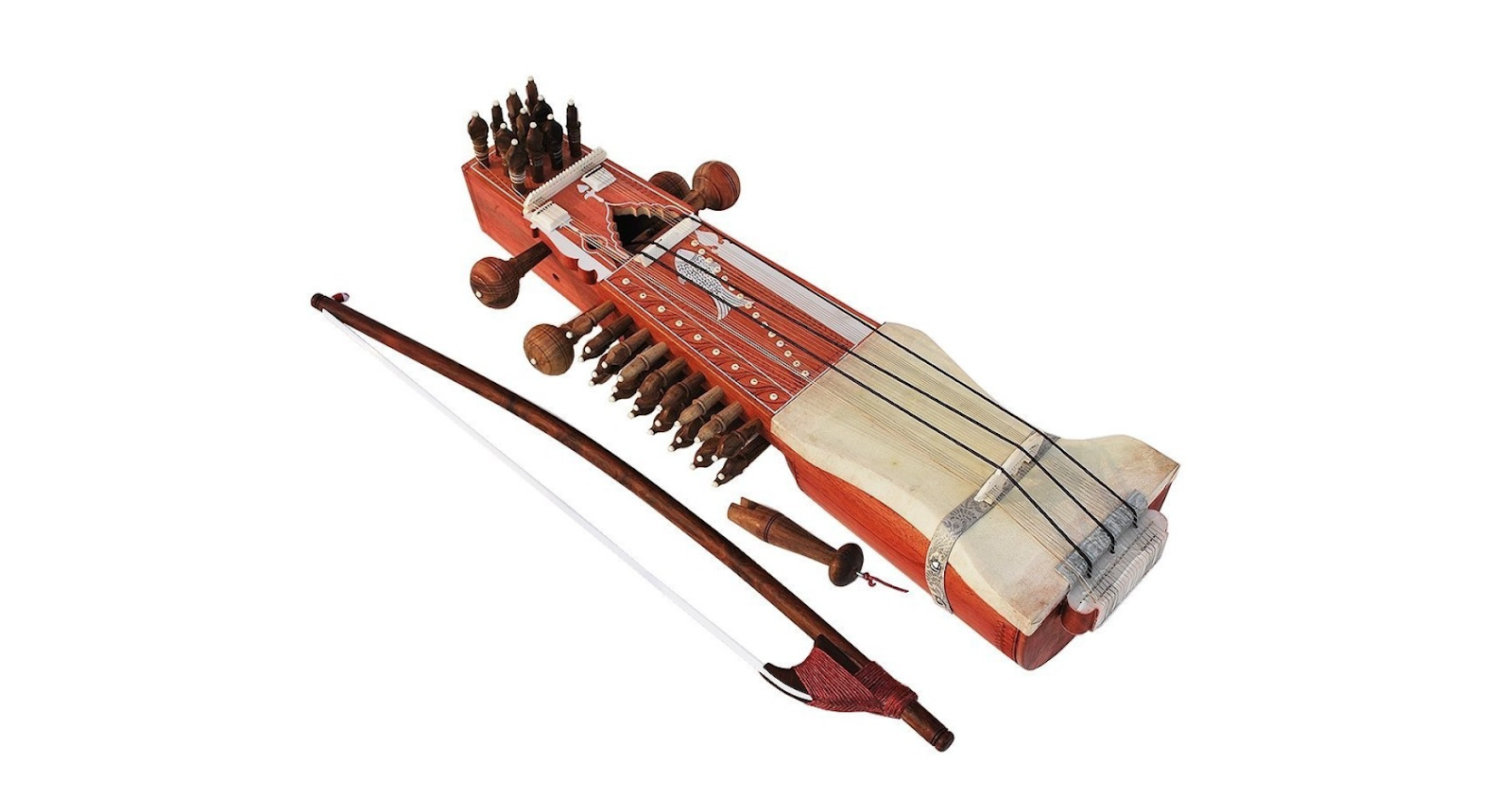
The sarangi's bowed strings can mimic the human voice so perfectly that listeners often mistake it for a vocalist. This instrument was traditionally used to accompany singers because of its ability to shadow vocal ornamentations with incredible precision.
The sarangi is considered one of the most difficult instruments to master, but its emotional depth is unmatched among Indian musical instruments.
The Santoor:
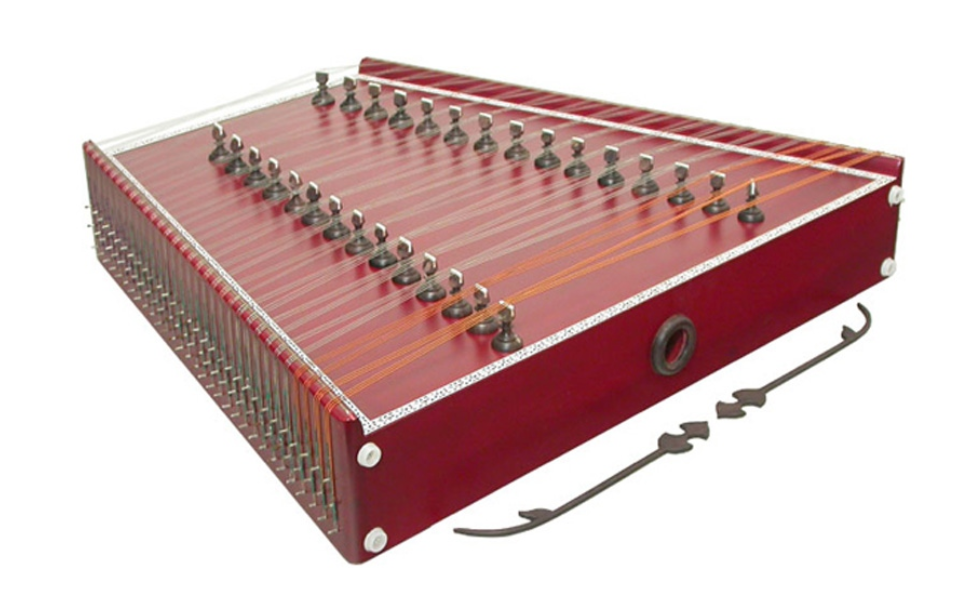
The santoor, with its 100+ strings played with wooden mallets, creates a shimmering, waterfall-like sound. Originally from Kashmir's folk traditions, Pandit Shivkumar Sharma elevated it to classical concert status.
The santoor's cascading notes create an almost hypnotic effect, making it perfect for meditation and relaxation music.
Ready to Begin Your Musical Journey?
These Indian musical instruments represent thousands of years of musical evolution and cultural expression. Whether you're drawn to the rhythmic complexity of tabla, the melodic depth of sitar, or the spiritual quality of veena, each instrument offers a unique path into India's rich musical heritage.
Spardha School of Music offers structured courses in these traditional instruments. Consider taking online lessons with qualified teachers of Spardha who can guide you through proper technique and cultural context.
Learning any Indian musical instrument is not just about technique, it's about connecting with a living tradition that continues to evolve while honoring its ancient roots.
Frequently Asked Questions
Q1: Which Indian musical instrument is best for beginners? The harmonium and bansuri (flute) are excellent starting points. The harmonium helps develop your ear for Indian scales, while the flute allows you to start making beautiful sounds quickly.
Q2: What are the most popular instruments in the Indian musical instruments names list? The most recognized include tabla, sitar, veena, harmonium, bansuri, sarod, mridangam, sarangi, and santoor. Each has its unique role in different musical traditions.
Q3: What is considered the best musical instrument in India? There isn’t one definitive answer, it depends on context. For rhythm, the tabla is unmatched; for melody, the sitar and veena are iconic.
Q4: How long does it take to learn Indian classical music instruments? Basic proficiency can take 6 months to 2 years, depending on the instrument and practice time. However, mastering these instruments is a lifelong journey that deepens with continuous learning.
Q5: Are these traditional instruments used in modern music? Absolutely! Contemporary artists regularly blend these instruments with Western music, electronic beats, and fusion genres. Bollywood music extensively uses traditional Indian music instruments in modern arrangements.
